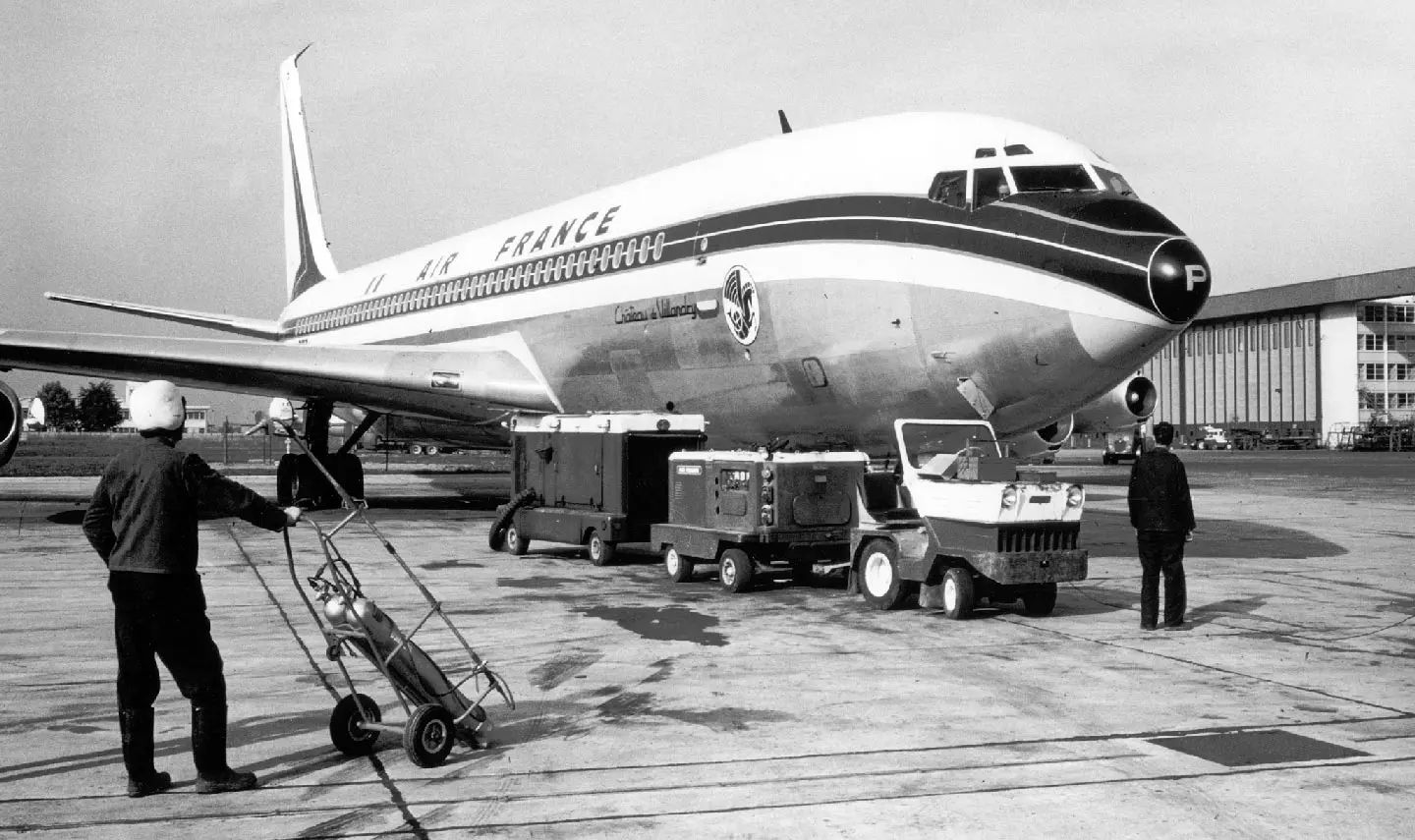
Ever wondered how the Jet Age transformed travel and technology? The Jet Age, starting in the late 1940s, revolutionized air travel, making it faster, more efficient, and accessible. This era saw the birth of iconic aircraft like the Boeing 707 and the Concorde, which became symbols of speed and luxury. But what exactly made the Jet Age so groundbreaking? From advancements in jet engine technology to the rise of commercial aviation, this period reshaped the way people and goods moved across the globe. Let's dive into 30 fascinating facts about the Jet Age that highlight its impact on modern aviation and beyond. Buckle up for a journey through time and innovation!
The Beginning of the Jet Age
The Jet Age revolutionized air travel, making it faster and more accessible. This era began in the mid-20th century and brought significant advancements in aviation technology.
- The Jet Age started in 1952 with the first commercial jet flight by the de Havilland Comet.
- The Comet could fly at speeds of up to 500 mph, much faster than propeller-driven aircraft.
- Jet engines work by compressing air, mixing it with fuel, and igniting it to produce thrust.
- The Boeing 707, introduced in 1958, became the first successful commercial jetliner.
- The 707 could carry more passengers and fly longer distances than previous aircraft.
Technological Advancements
The Jet Age saw numerous technological innovations that transformed aviation. These advancements made air travel safer, more efficient, and more comfortable.
- Jet engines are more efficient at higher altitudes, allowing planes to fly above most weather disturbances.
- The introduction of pressurized cabins made high-altitude flights possible and comfortable for passengers.
- Radar technology improved air traffic control, enhancing safety and efficiency.
- The development of the black box flight recorder helped investigate accidents and improve safety.
- Winglets, small vertical fins on wingtips, were introduced to reduce drag and improve fuel efficiency.
Impact on Society
The Jet Age had a profound impact on society, changing how people travel and interact with the world. It made international travel more accessible and affordable.
- Air travel became more affordable, allowing more people to fly for business and leisure.
- The tourism industry boomed as exotic destinations became reachable within hours.
- Business travel increased, fostering global trade and economic growth.
- The concept of the "jet set" emerged, referring to wealthy individuals who traveled frequently by jet.
- The Jet Age contributed to the globalization of culture, spreading ideas, fashion, and cuisine worldwide.
Military Applications
Jet technology also had significant implications for military aviation. Faster, more powerful jets changed the dynamics of aerial combat and defense.
- The Messerschmitt Me 262, introduced by Germany in 1944, was the world's first operational jet fighter.
- Jet fighters like the F-86 Sabre played crucial roles in the Korean War.
- The development of supersonic jets, such as the F-4 Phantom, revolutionized air combat.
- Jet bombers, like the B-52 Stratofortress, could carry nuclear weapons over long distances.
- The U-2 spy plane, powered by a jet engine, could fly at altitudes above 70,000 feet for reconnaissance missions.
Environmental Impact
While the Jet Age brought many benefits, it also had environmental consequences. The aviation industry has been working to address these challenges.
- Jet engines produce more noise than propeller engines, leading to noise pollution near airports.
- Aircraft emissions contribute to air pollution and climate change.
- The aviation industry has been developing more fuel-efficient engines to reduce carbon emissions.
- Biofuels and alternative energy sources are being explored to make aviation more sustainable.
- Airports have implemented noise abatement procedures to minimize the impact on surrounding communities.
The Future of Jet Travel
The Jet Age continues to evolve with new technologies and innovations. The future of jet travel promises even greater advancements in speed, efficiency, and sustainability.
- Supersonic jets, like the Concorde, could fly faster than the speed of sound, reducing travel times significantly.
- Companies are developing new supersonic jets that aim to be quieter and more fuel-efficient.
- Electric and hybrid-electric aircraft are being designed to reduce reliance on fossil fuels.
- Advances in materials science are leading to lighter, stronger aircraft structures.
- Autonomous and remotely piloted aircraft could revolutionize air travel and cargo transport.
The Jet Age's Impact
The Jet Age revolutionized travel, shrinking the world and making distant places accessible. It brought about faster, more efficient aircraft, transforming both commercial and military aviation. This era saw the rise of iconic planes like the Boeing 707 and the Concorde, which became symbols of speed and innovation.
Air travel became more affordable, allowing people from all walks of life to explore new destinations. The Jet Age also spurred advancements in technology, safety, and comfort, setting the stage for modern aviation.
Understanding these facts highlights the significance of this transformative period. It wasn't just about faster planes; it was about connecting the world in ways previously unimaginable. The Jet Age left an indelible mark on history, shaping the future of travel and global connectivity.
Was this page helpful?
Our commitment to delivering trustworthy and engaging content is at the heart of what we do. Each fact on our site is contributed by real users like you, bringing a wealth of diverse insights and information. To ensure the highest standards of accuracy and reliability, our dedicated editors meticulously review each submission. This process guarantees that the facts we share are not only fascinating but also credible. Trust in our commitment to quality and authenticity as you explore and learn with us.


